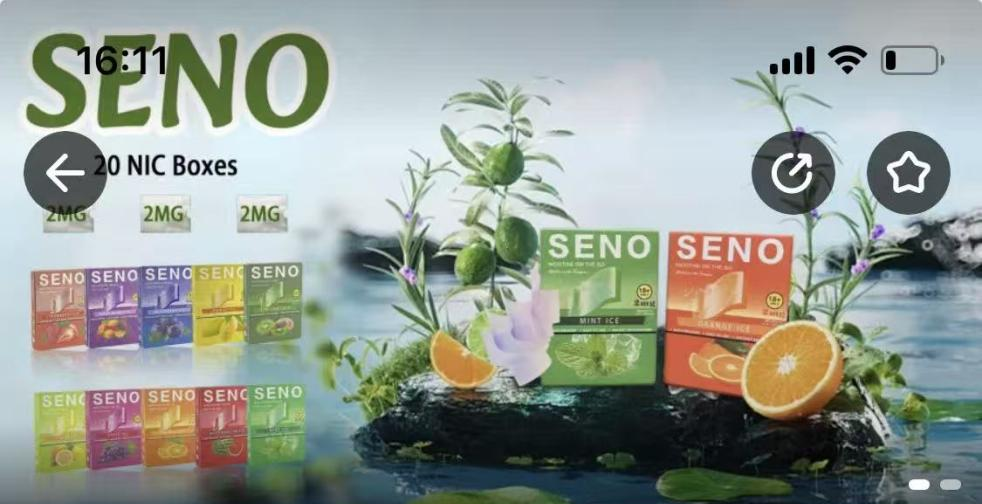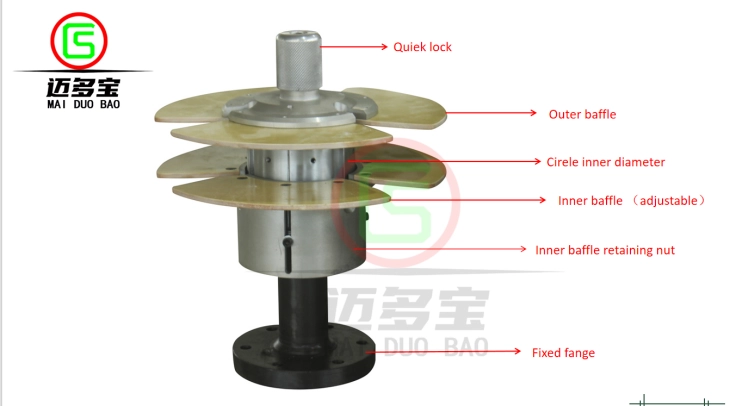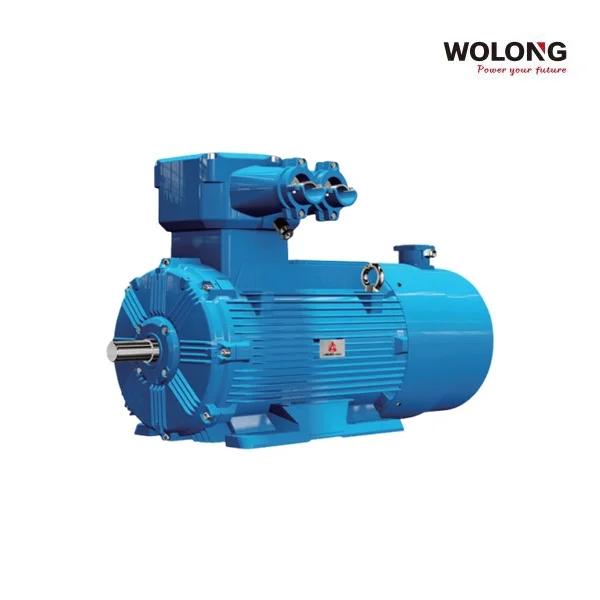In recent years, ink tank printers have gained popularity among both home users and businesses due to their promise of lower printing costs and high-volume output. However, while these printers offer several advantages, it is essential to consider their disadvantages before making a purchase. This article delves into the potential drawbacks of ink tank printers, providing a comprehensive overview for consumers and businesses alike.
- Initial Investment and Setup Costs
One of the most significant disadvantages of ink tank printers is their initial investment. While the long-term cost of ink may be lower compared to traditional cartridge printers, the upfront cost of ink tank printers can be substantially higher. This is particularly true for high-capacity models designed for heavy usage. Additionally, the setup process can be more complex, requiring users to fill the ink tanks manually, which can lead to spills and mess if not done carefully.
- Maintenance and Reliability Issues
Ink tank printers require regular maintenance to ensure optimal performance. The ink tanks can become clogged if the printer is not used frequently, leading to print quality issues such as streaks or faded prints. Unlike cartridge printers, which can often be revived with a simple cartridge replacement, ink tank printers may require more extensive cleaning cycles, which can be time-consuming and waste additional ink.
- Limited Print Head Lifespan
The print heads in ink tank printers are often more susceptible to wear and tear compared to those in traditional printers. Over time, the print heads can degrade, leading to inconsistent print quality and potential malfunctions. Replacing print heads can be costly and may negate some of the savings achieved through lower ink costs. Users should be aware that the longevity of print heads can vary significantly between different brands and models.
- Color Accuracy and Quality Concerns
While ink tank printers are generally capable of producing high-quality prints, they may not always match the color accuracy and vibrancy offered by premium cartridge printers. This can be particularly important for professionals in graphic design, photography, or any field where color fidelity is paramount. Users should conduct thorough research and consider their specific printing needs before opting for an ink tank printer.
- Size and Space Considerations
Ink tank printers tend to be bulkier than their cartridge counterparts due to the larger ink reservoirs. This can pose a challenge for users with limited space, particularly in home offices or small work environments. Additionally, the design of some ink tank printers may not be as aesthetically pleasing, which could be a consideration for users who prioritize the visual appeal of their office equipment.
- Environmental Impact
While ink tank printers are often marketed as more environmentally friendly due to reduced plastic waste from cartridges, the reality can be more complex. The ink itself can be more challenging to recycle, and the larger ink tanks may lead to increased waste if users do not utilize the ink before it expires. Furthermore, the manufacturing process for ink tanks may not be as sustainable as claimed, raising questions about the overall environmental impact of these printers.
- Compatibility and Software Issues
Another potential disadvantage of ink tank printers is compatibility with various operating systems and software. Users may encounter issues with drivers or software updates, particularly if they are using older operating systems. This can lead to frustration and downtime, especially for businesses that rely on consistent printing capabilities.
Conclusion
While ink tank printers offer several advantages, including lower long-term printing costs and high-volume output, it is crucial to weigh these benefits against their disadvantages. From higher initial costs and maintenance requirements to potential print quality issues and environmental concerns, consumers must carefully consider their specific needs and circumstances before investing in an ink tank printer. By understanding the full scope of what these printers entail, users can make informed decisions that align with their printing requirements and budget.





